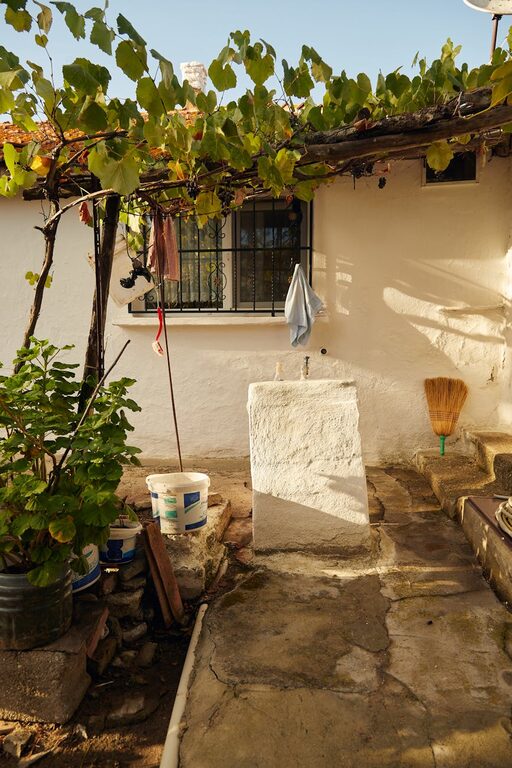Composting at home is a rewarding way to reduce waste and create healthy soil for your plants. If you’re new to composting, it may seem a little daunting at first. But with a few simple tips and a little patience, you can start turning everyday kitchen and garden scraps into rich compost that will benefit your garden and the environment.
What Is Composting?
Composting is the natural process of recycling organic material, such as food scraps and yard waste, into nutrient-rich soil called humus. This process helps reduce landfill waste and provides a natural fertilizer that improves soil structure, moisture retention, and plant health.
Why Start Composting at Home?
– Reduce waste: Cut down the amount of trash sent to landfills.
– Enhance your garden: Compost improves soil fertility naturally.
– Save money: Reduce the need to buy chemical fertilizers.
– Help the environment: Lower greenhouse gas emissions and promote sustainability.
Getting Started: Basic Composting Tips
1. Choose a Composting Method
There are several ways to compost at home. Pick the one that suits your space and lifestyle:
– Compost bin: Enclosed containers designed for easy composting.
– Compost pile: Simply stack your waste in a corner of your yard.
– Tumbler: A rotating drum that speeds up the composting process.
– Vermicomposting: Using worms to break down food scraps indoors.
2. Select the Right Location
Place your compost bin or pile in a dry, shady spot with good air circulation. Avoid direct sunlight to prevent it from drying out, and make sure it’s easily accessible.
3. Understand What to Compost: Greens and Browns
Successful composting depends on balancing “greens” and “browns.”
– Greens: Nitrogen-rich materials like fruit and vegetable scraps, coffee grounds, fresh grass clippings, tea bags.
– Browns: Carbon-rich materials like dry leaves, straw, cardboard, shredded paper, and small branches.
The ideal ratio is about 2 to 3 parts brown to 1 part green by volume. This balance provides the right mix of nutrients and helps maintain good airflow.
4. Avoid Adding These Items
Some materials should not go into your compost because they can attract pests or slow decomposition:
– Meat, dairy, and oily foods
– Pet waste
– Diseased plants
– Weeds that have gone to seed
– Large amounts of citrus or onion scraps
5. Chop and Mix Ingredients
Cut larger scraps into smaller pieces to speed up decomposition. Regularly turn or mix your compost to aerate it and keep the process moving. This helps prevent odor and encourages beneficial microbes.
6. Keep It Moist
Your compost should be about as damp as a wrung-out sponge. If it’s too dry, materials won’t break down; if too wet, it can smell and become slimy. Add water occasionally or dry browns if needed.
Troubleshooting Common Compost Issues
– Bad smell: Usually caused by too much green material or poor aeration. Add more browns and turn the pile.
– Pile not heating up: Add more green materials, turn compost, or check moisture.
– Pests: Avoid meat and oily foods, cover food scraps with browns, and secure lids.
Harvesting and Using Your Compost
After a few months (depending on conditions), your compost should look dark, crumbly, and smell earthy. Use it to:
– Enrich garden beds and pots
– Mulch around plants to retain moisture
– Improve lawn soil
Store finished compost in a dry place if not used immediately.
Additional Tips for Success
– Start small and be patient — composting takes time.
– Use kitchen scraps daily to maintain a steady supply.
– Try vermicomposting indoors if you don’t have outdoor space.
– Consider a compost thermometer if you want to monitor temperature.
Conclusion
Composting at home is a straightforward and environmentally friendly way to reduce waste and support your garden. By following these beginner tips, you’ll soon enjoy the benefits of nutrient-rich compost while helping the planet. Happy composting!
—
Feel free to share your composting journey or tips in the comments below!

